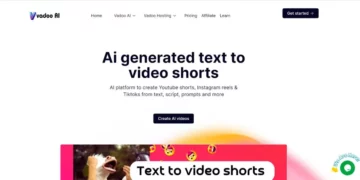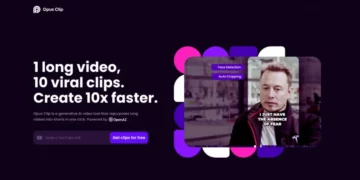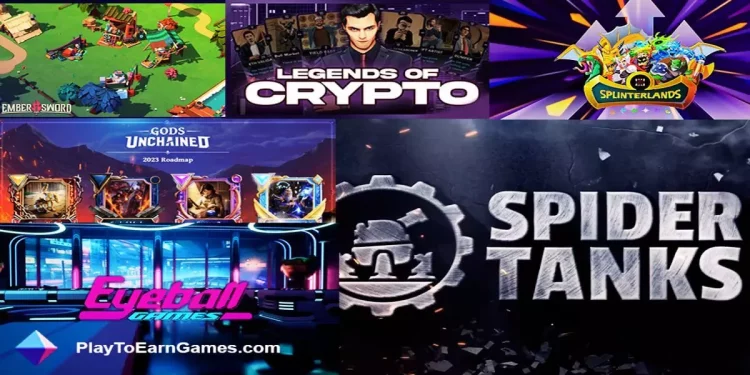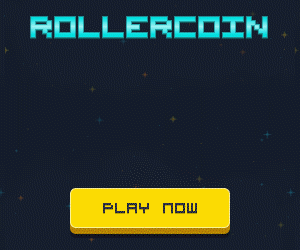Trends in the gaming industry come and go, leaving behind a mark of their own. The latest one among them is Web3, although the journey into the world of Web3 has its uncertainties and challenges. The current state of affairs in the realm of gaming brings to light the challenge of identifying a definitive tipping point for Web3 gaming.
Fewer active wallets, limited human players compared to traditional mobile games, and early play-to-earn experiments contribute to the complexity of this landscape. Yet, amidst these challenges, a sense of excitement reverberates.
The current interest and involvement of some major players in the gaming industry speak volumes about the industry’s potential. Square Enix, Nexon, and Ubisoft are just a few of the high-profile announcements made by AAA publishers. In addition, investments from companies such as Take-Two demonstrate a growing interest in Web3 gaming.
To quote Thanos, “There should always be a balance between everything,” and the gaming world is no exception. One of the fundamental principles of Web3 gaming success is the importance of striking a balance between accessibility and innovation. It is crucial that it be well received by the gaming community at large.
In addition, improvements over Web 2 gaming are only part of what Web 3 gaming entails. The first order of business is adapting to the novel mechanisms that blockchain and decentralized systems introduce. The value of venturing into uncharted territory is diminished when attention is focused solely on the voids left by Web2 gaming.
As developers embark on this new adventure, there are three important things to consider that can pave the way for success and innovation. These considerations not only address the challenges specific to Web3 gaming but also highlight the opportunities that lie within its unique ecosystem.
Building for the Wider Gaming Audience
There has been a huge shift in gaming technology since the introduction of PlaytoEarnGames. The idea of Play-to-Earn has introduced a new domain where players can earn by monetizing their in-game achievements.
However, gaming developers should keep the idea of a wider audience in mind when entering this uncharted arena.
Web3 gaming isn’t just for cryptocurrency and non-traditional currency enthusiasts. These two have a certain allure to them, one could argue. The majority of active participants, however, are uninterested in the blockchain system.
Nearly 90% of free-to-play game players never make a single purchase. A successful Web3 game should consider both spenders and non-spenders to ensure accessibility and inclusivity.
The question, then, is where is the potential that Web3 technology offers? The answer is simple. The potential lies in using the ease of onboarding that Web3 technology offers. Usual games can acquire wallets through emails and purchase NFTs using credits to be a part of the Web3 gaming experience.
Developers can attract a vast number of players by building games that appeal to a wider audience.
Innovative Mechanics: Web3’s Untapped Potential
Web3 technology is not just a fix for the existing problems. It has the potential of entering into entirely new and innovative game mechanics. These mechanics have the power to redefine the gaming experience.
All the hype created around the play-to-earn and AAA titles hinders the unique mechanics that Web3 technology provides.
The concept of dynamic NFTs is itself an intriguing thought with endless possibilities. These NFTs could evolve and degrade based on real-world interactions. Skin appearances might change with trading activity, mirroring the wear and tear experienced by physical items.
Such mechanics not only add a layer of realism but also present a novel gameplay dimension that resonates with players seeking unique and immersive experiences.
Balancing Innovation and Accessibility
As mentioned before, the balance between innovation and accessibility is of the utmost importance. Though casual players might not be attracted to some of the experimental mechanics, the core players can be captivated, and are willing to embrace new and unconventional features.
These engaged and enthusiastic core players can be early adopters of novel mechanics that drive innovation in the Web3 gaming space.
It’s important to note that not all players will be equally interested in the innovative mechanics that Web3 offers. Developers should avoid excluding a significant portion of players and instead aim to cater to both enthusiasts and those seeking more traditional gaming experiences.
By striking this balance, developers can harness the energy of core players while expanding their player base to include those who might be initially hesitant to explore the Web3 ecosystem.
Follow us on our social networks and keep up to date with everything that happens in the Metaverse!
Twitter Linkedin Facebook Telegram Instagram Google News Amazon Store












































